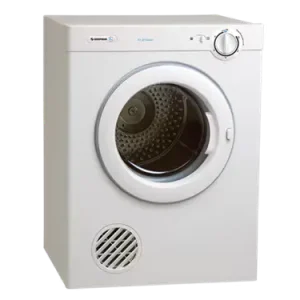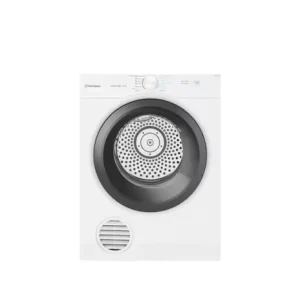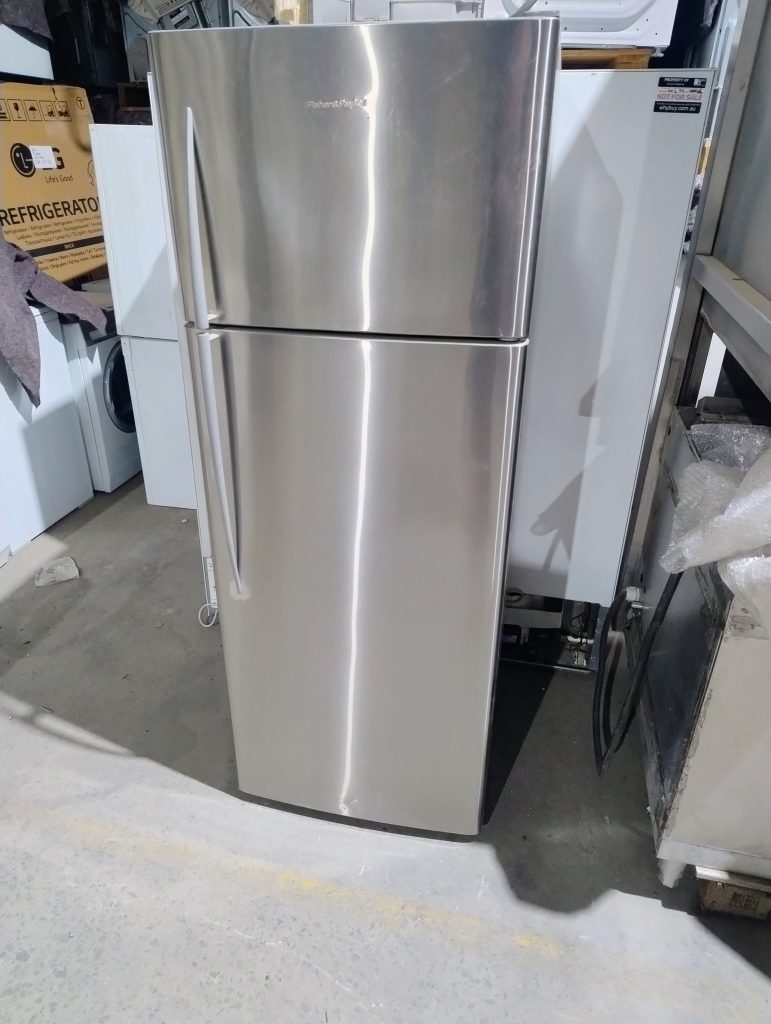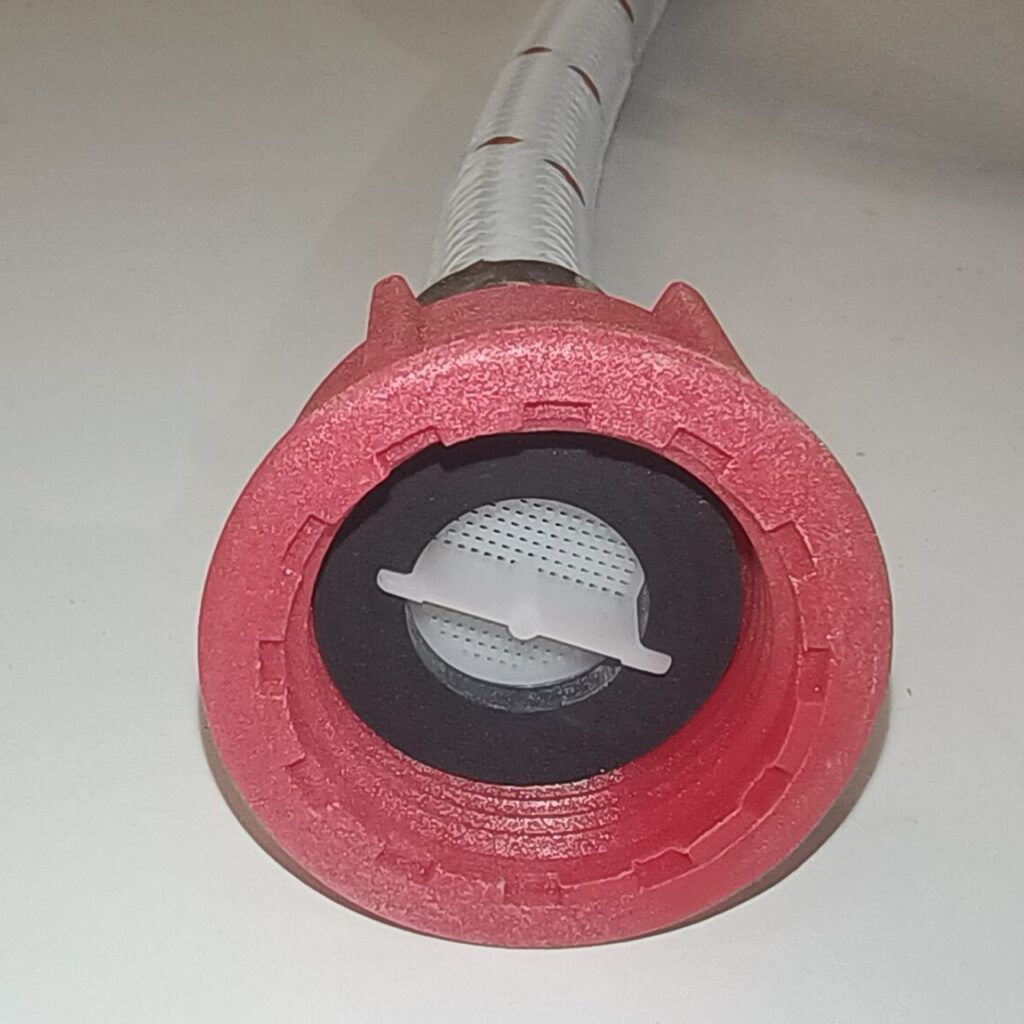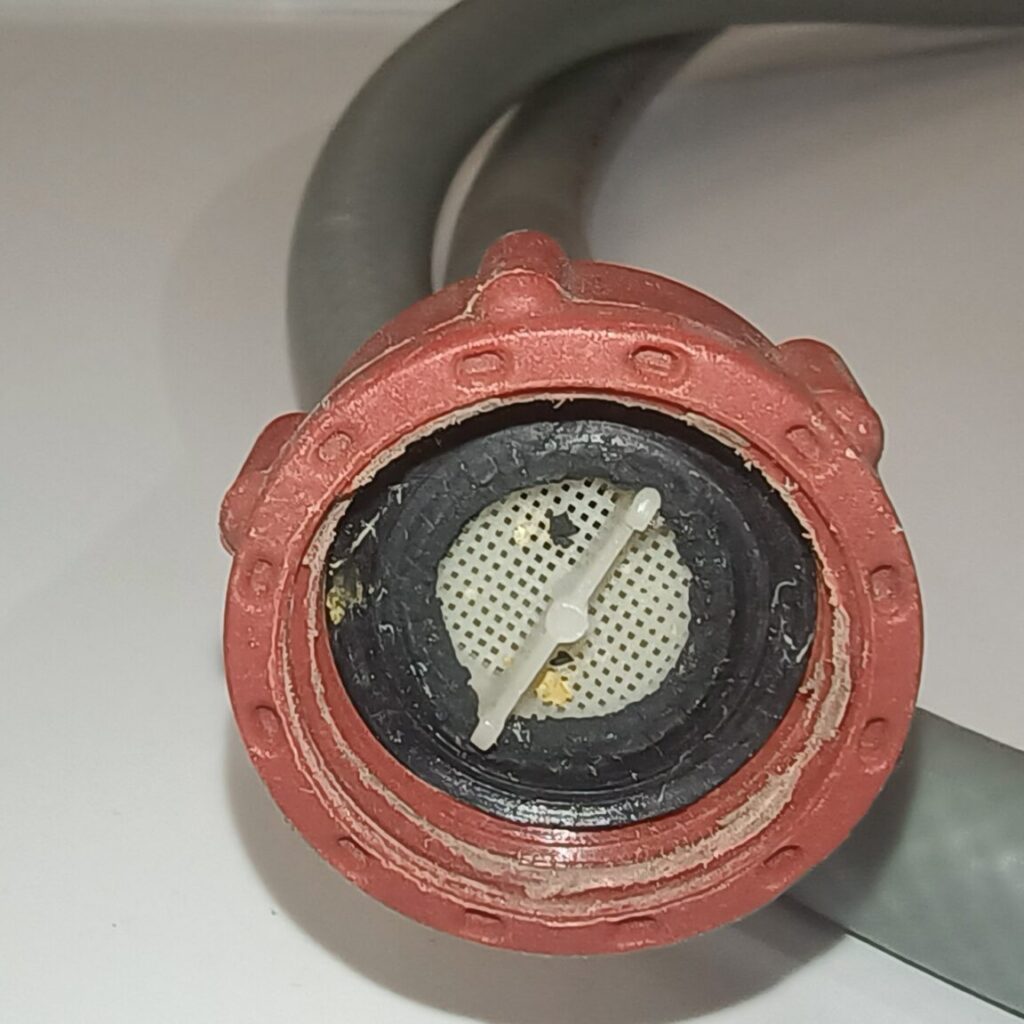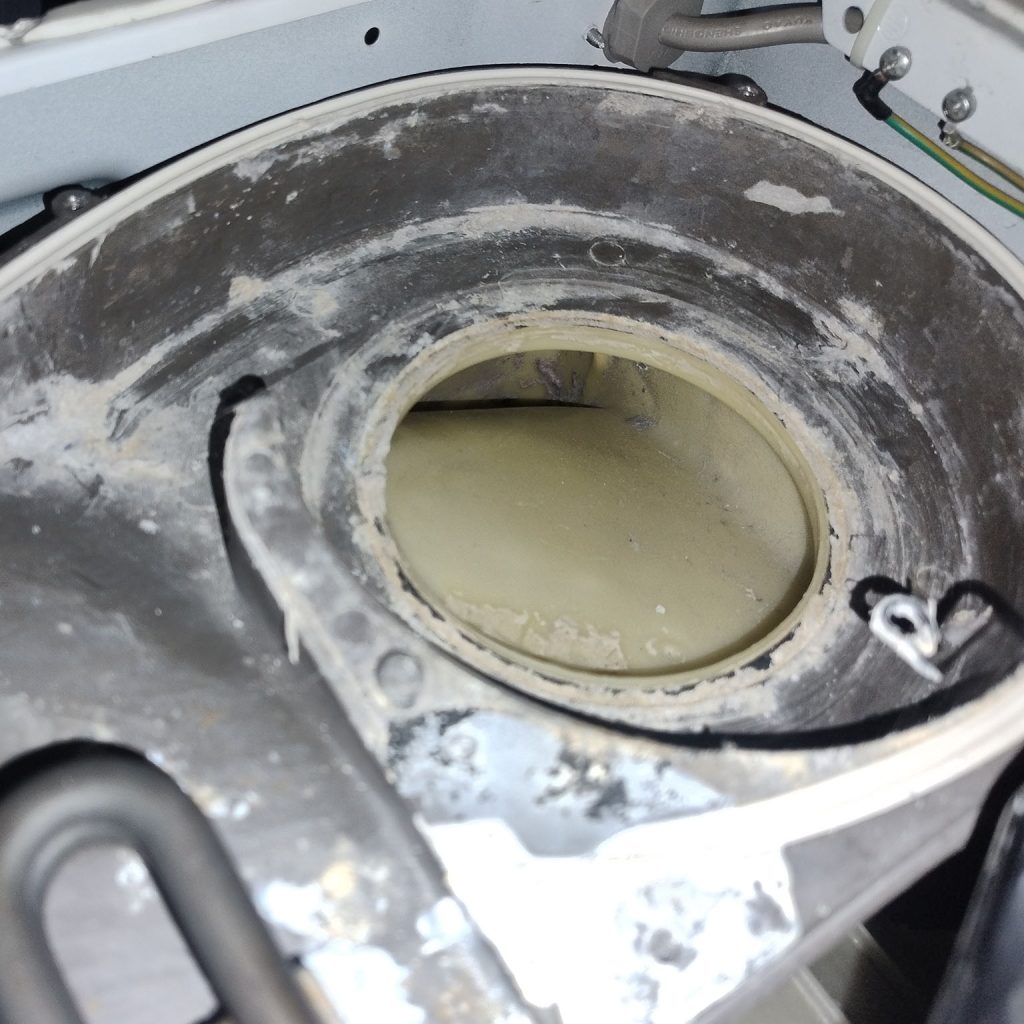
Located in Melbourne’s southeastern suburbs, Clayton is a dynamic and diverse community that showcases a rich tapestry of cultural influences shaped by waves of migration. Known for its culinary offerings, the suburb is a melting pot where Asian, Indian, and Greek cultures converge. With its proximity to Monash University, Clayton attracts a significant transient student population, enriching the local lifestyle. From affordable housing and authentic dining options to unique shopping experiences, Clayton offers a blend of urban sprawl and multicultural charm.
Key Takeaways
Pro's to Living in Clayton:
- Cheap rent (for Melbourne anyway)
- Easy to get around if you have a car
- Well price authentic Asian, Indian, and to a lesser extent, Greek restaurants
- Asian groceries
Cons to Living in Clayton:
- Perhaps the very definition of urban sprawl
- Very car centric
- Heaps of parking though often not enough in peak times
Clayton's History
Clayton has always been a suburb centred around migration, international students, and academia. An amplified version of Melbourne’s broader immigration trends, Clayton is a melting pot of cultures shaped by successive waves of migration. Initially, Clayton was a hub for the Greek community in the mid 20th century, attracting many Greek migrants seeking economic opportunities and a fresh start after WWII. This early influx laid the foundation for a vibrant community that thrived in the affordable housing and job opportunities available in the area.
with the arrival of Asian migrants in the 1970’s, particularly from Chinese and Southeast Asian backgrounds, Clayton experienced a transformation. This demographic shift reshaped the cultural landscape of the suburb, introducing new customs, languages, and traditions. In more recent years, there has been a noticeable increase in the Indian community, which has further enriched the multicultural tapestry of Clayton and established itself as a vital part of the local demographic.
A key factor in this international diversity is Monash University, which attracts thousands of local and international students each year. The presence of the university creates a transient yet vibrant multicultural environment. While some Australian students choose to live locally, many reside on campus or commute from their home towns daily by train or car. This influx of students contributes to a dynamic community where long-standing cultures coexist with newer migrant groups, fostering an atmosphere of cultural exchange.
The blend of established communities, such as the Greeks and Asians, with newer arrivals and students makes Clayton one of the most diverse and dynamic suburbs in Melbourne today. This ongoing evolution reflects the suburb’s ability to adapt and thrive amidst the changing landscape of immigration and cultural integration.
Getting to Clayton
While Clayton does have a train station quite centrally located to Clayton Road shops, Clayton is a car dominated suburb, with cars first and public transport as an afterthought. f you need to get to Monash University you’ll need to transfer from a train to a bus at either Huntingdale or Clayton station. While neither trains nor buses run on time in Melbourne, during peak times trains and buses run every 10 minutes. As long as you go when it’s busy you won’t have any issues.
As of late 2024 there are also significant public works being carried out at Clayton train station to add a new train line that will run around the city of Melbourne, which is expected to be completed around 2050. Not a typo.
Defining Clayton
Clayton Road Shops

Clayton Road, while gritty, is renowned for its vibrant Asian shopping scene, featuring a wide array of supermarkets, restaurants, and specialty shops. The diversity of Asian cuisines represented is impressive, with offerings from Chinese, Vietnamese, Thai, and Malaysian cultures. Local residents enjoy everything from fresh seafood and vegetables to authentic dumplings and pho, creating a bustling atmosphere that reflects the community’s rich cultural heritage.
Following the Asian shops, there is a significant presence of Indian businesses in Clayton. These shops provide an assortment of spices, herbs, and ready-made meals, catering to both traditional recipes and contemporary tastes. The Indian restaurants in the area are popular for their flavorful curries, biryanis, and snacks, making it a go-to destination for those seeking a taste of India in Melbourne.
The Greek community, though smaller compared to the Asian and Indian influences, is still represented along Clayton Road. Greek shops offer authentic ingredients, deli items, and pastries, preserving the cultural legacy of the Greek migrants who settled in the area 70 years ago.
Overall, Clayton Road serves as a vibrant hub for diverse culinary experiences, reflecting the multicultural identity of the suburb.
Two Coles Supermarkets
Proving definitively that two isn’t always better than one is the presence of two Coles supermarkets directly facing each other across a large car park just behind the Clayton Road Shops. The ongoing nature of this curious setup likely stems from strategic competition; the second store was originally a Bilo, a supermarket chain which was bought out by Coles a few decades ago. Unfortunately the whole exercise has proved why competition is important with both supermarkets lacking in many items and all checkouts being self service. For a more pleasant shopping experience, venture to Woolworths M-City or Oakleigh shopping centre which has both a Coles and a Woolworths and – surprise, suprise – far better service and selection.
The Longest Pedestrian Crossing in the Southern Hemisphere

Clayton has earned the perhaps dubious distinction of having one of the longest pedestrian crossings in the Southern Hemisphere. The crossing stretches across the busy intersection of North Road and Princes Highway at an angle, contributing to its impressive length. See that bus way off in the distance? Once you’ve reached it, you’re nearly over! While the crossing length might be impressive, crossing over is unpleasant at the best of times.
M-City
M-City is a modern shopping centre with an apartment building and hotel built on top. The apartment and hotel are typically home to more affluent students and visiting parents. Living in M-City is almost like living in a gated community. Everything an apartment dweller could need is basically downstairs in the shoppping centre, so there’s no reason really to step outside into Clayton except to make your way to classes.
Ikea
Technically located in Springvale, IKEA is much closer to Clayton and conveniently situated near M-City. The iconic Swedish retailer is a big deal for many, offering affordable furniture and home goods that appeal to students and families alike. Its proximity makes it a go to destination for those seeking stylish yet budget friendly options for their living spaces.
Monash University Clayton Campus
Monash University doesn’t really belong at the end of this list, but you already know about its importance to the suburb. As a prestigious academic institution, it plays a significant role in shaping the local community, bringing in a diverse student body and fostering educational opportunities. A well known landmark, its impact on Clayton is profound, contributing to the area’s multicultural vibrancy and economic development.



